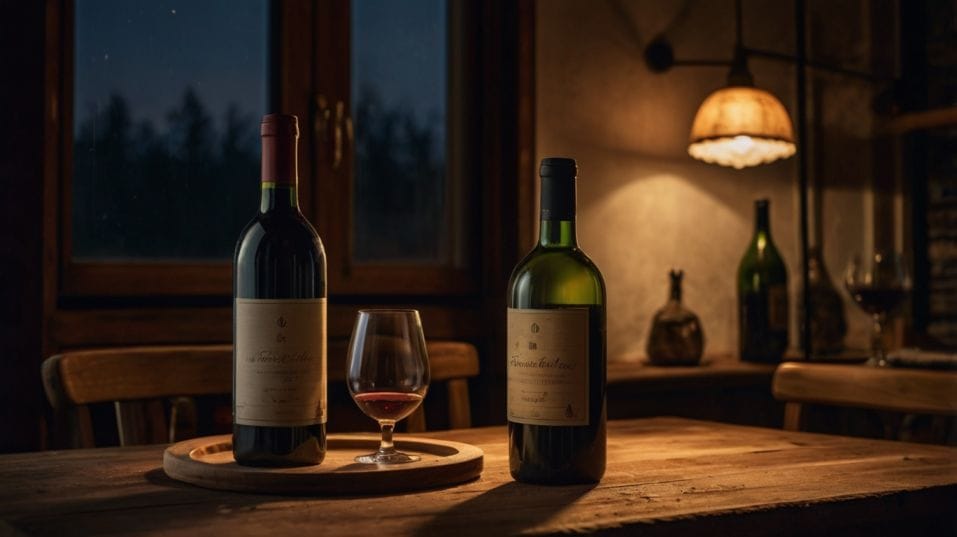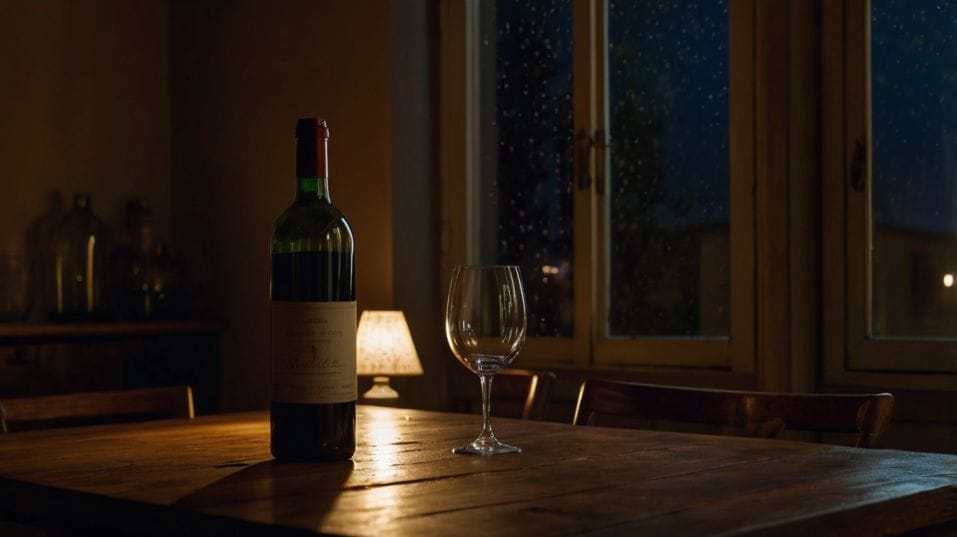The Easiest Way to Store Open Bottles
Learn the easiest way to store open wine for better flavor, longer life, and smarter sipping—perfect for beginners building wine confidence.

What actually happens when you open a bottle of wine? If you’re new to wine, this one question can unlock flavor, save money, and build confidence fast. Because how you store an open bottle isn’t just practical—it’s essential.
Whether it’s your Tuesday night Pinot or a special occasion red, getting this right helps every glass taste better, longer. Let’s break down the easiest, smartest ways to preserve what’s in your bottle after the first pour.
What Really Happens After the First Pour
From the moment the cork comes out, wine starts changing. Air begins to interact with the wine’s structure, softening it, waking it up, and revealing aromas that may have been hidden behind the initial pour.
For a while, this is a good thing. Oxygen is part of what helps wine open up. But give it too much time and exposure, and the wine starts to lose its edge—flavors dull, fruit fades, and balance falls apart.
Understanding this transformation isn’t just academic—it helps you make smarter choices with the wine you buy and how you enjoy it.
The better you are at handling an open bottle, the more confident you’ll become at tasting across hours or even days, not just minutes.

Temperature Is the Real Hero
Whether you're storing a red, white, or rosé, the biggest factor in slowing down oxidation is temperature. Cool environments dramatically reduce the speed of chemical changes happening in your wine.
Even if you’re working with a robust red—Cabernet Sauvignon, Syrah, a hearty Rioja—don’t leave the bottle out on the counter overnight.
It’s not about keeping it chilled as if it were white wine. It’s about slowing the pace of oxygen’s impact. Stick that open red in the fridge.
Yes, it might be a few degrees colder than ideal for drinking the next day, but a few minutes on the counter or a quick swirl in the glass brings it back to life.
Whites and rosés already belong in the fridge, so storing them is more intuitive. What matters is maintaining a tight seal.
Screw caps make this easy, but for cork closures, reinsert the cork snugly or use a wine stopper that forms a solid seal. Avoid loose wraps, plastic wrap, or foil—they don't preserve freshness well.
And here’s something beginners often miss: a wine that seems “flat” right out of the fridge may just be too cold. Give it a bit of air and time. What you get in return could surprise you—richer textures, softened acidity, a broader range of aromas.
The Space Inside the Bottle Matters More Than You Think
Oxygen doesn’t just come from the air around your glass—it comes from the space in the bottle once wine has been poured out. That headspace increases oxidation quickly, especially once you’ve gone below half a bottle.
Use a Smaller Container
One of the simplest tricks? Transfer the remaining wine into a smaller bottle, ideally a clean 375ml half-bottle.
This limits the wine’s exposure to air, slows down chemical changes, and keeps the wine tasting more like it did on the day you opened it.
It might feel like a pro move, but it’s really just smart logistics. Use an old half-bottle from a finished wine (rinsed and air-dried well), or invest in a couple of neutral containers that seal tightly.
What you get back is flavor: brighter fruit, more structure, and wine that’s still worth pouring two or even three nights later.
Store Upright, Not Sideways
Also, always store open bottles upright. That minimizes the wine’s surface area exposed to oxygen and keeps it more stable. Side storage is for unopened bottles aging under cork—not wines you've already introduced to air.
Tools Can Help—but Know Their Role
Preservation gadgets are everywhere. Vacuum pumps that remove air. Canisters that spray inert gas into the bottle. High-end systems that let you pour without removing the cork. They all have a role—but none are magic.
Master the Basics First
Before you invest in gear, nail the fundamentals:
- Seal it well
- Store it cold
- Minimize empty space
Once you’ve mastered those, preservation tools can extend the life of certain wines or offer convenience. But don’t assume that equipment guarantees a better experience.
Some delicate wines—like older Pinot Noir or unfiltered natural wines—can actually be harmed by vacuum sealing or aggressive gas systems.
Think of gadgets as tools that serve your taste, not define it. Trust your senses. Smell, sip, and listen to what the wine tells you day by day.
You’ll get better at recognizing when a wine is peaking, fading, or shifting into something new. That’s not a loss—it’s a lesson.
Oxidation Isn’t Always the Enemy
Here’s the part most beginners don’t expect: sometimes, a wine gets better the next day.
Especially structured reds, high-acid whites, or natural wines with a bit of funk. A little air can soften rough tannins, round out sharp edges, and let the wine express itself more freely.
That means storing wine isn’t just about “keeping it fresh.” It’s also about witnessing how it evolves. Tasting a wine over a couple of nights helps you understand its bones—its acid, its fruit, its depth.
That’s what builds a smarter palate. You learn what you like, what changes you enjoy, and how different styles respond to time.
Final Thoughts
Storing open bottles the right way isn’t complicated—but it is foundational. Keep your wine cool. Seal it tight. Use smaller containers when it makes sense. And most of all, pay attention to how the wine speaks over time.
Tonight, try this: revisit a wine you opened yesterday. Pour it slowly. Smell deeply. Taste without expectation. See how it’s changed. Add that to your growing knowledge.
Wine isn’t just about what’s new—it’s about what lasts. And learning how to care for an open bottle is one of the easiest ways to enjoy it more deeply, more confidently, and with more joy.




